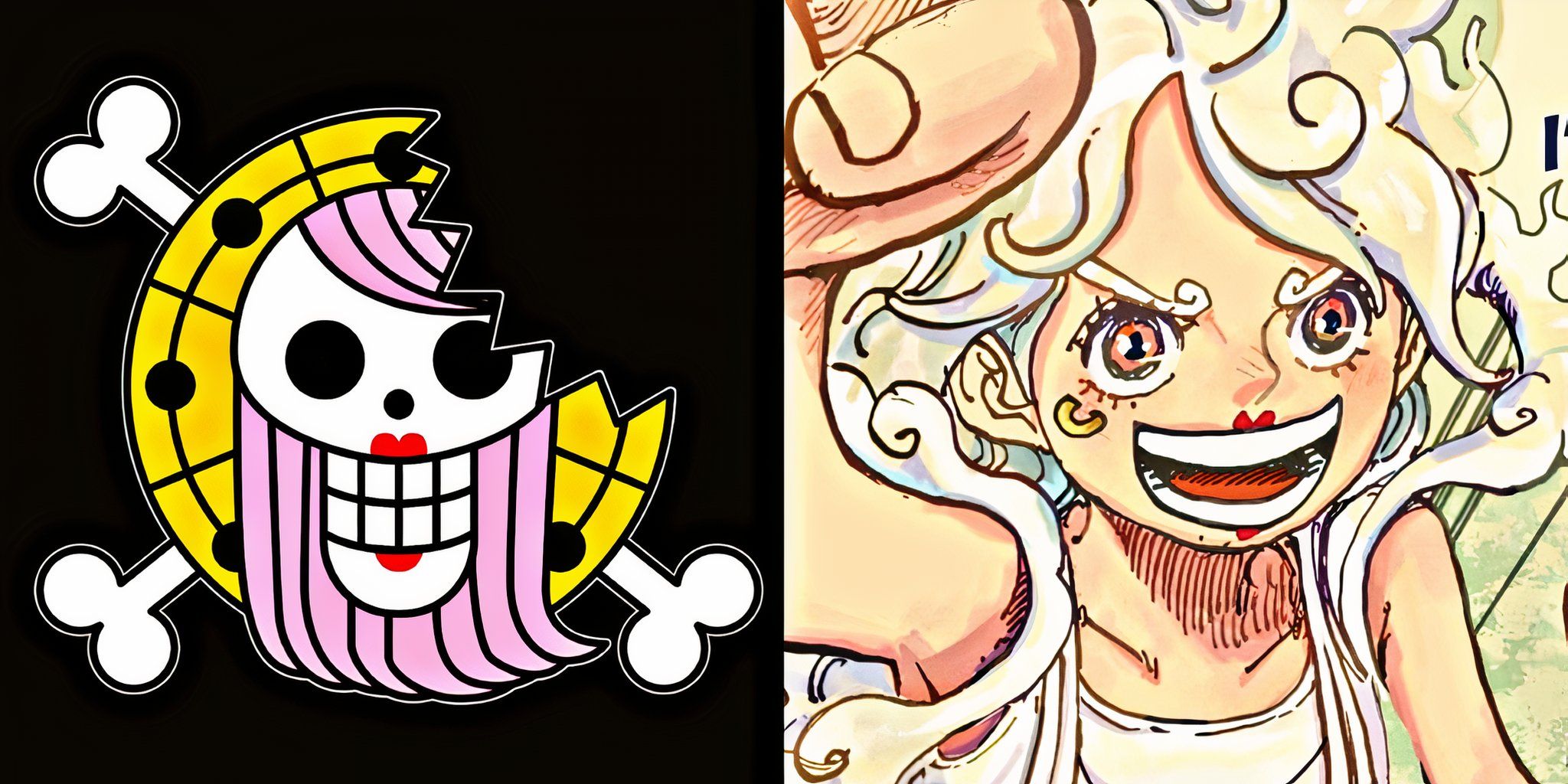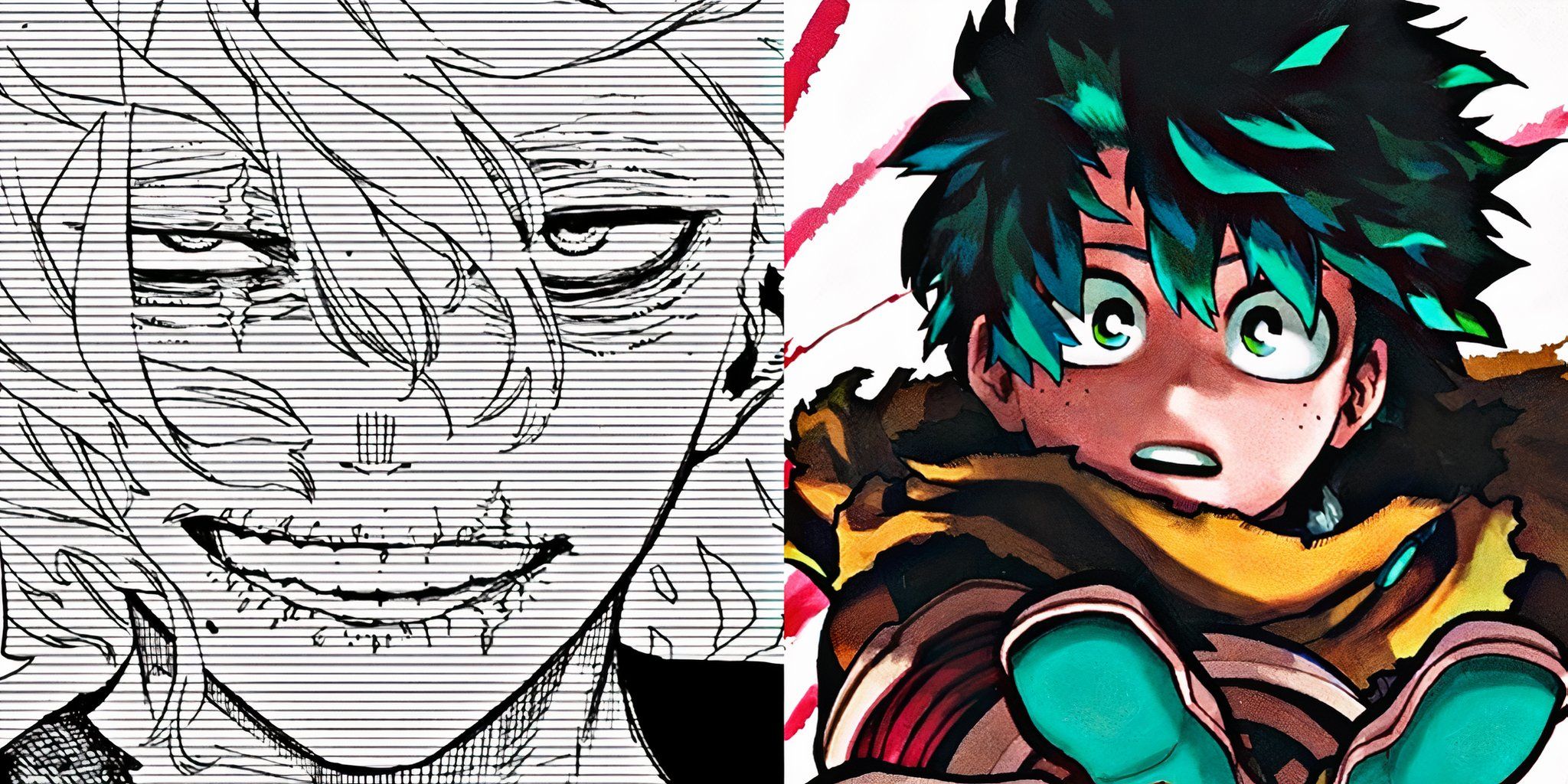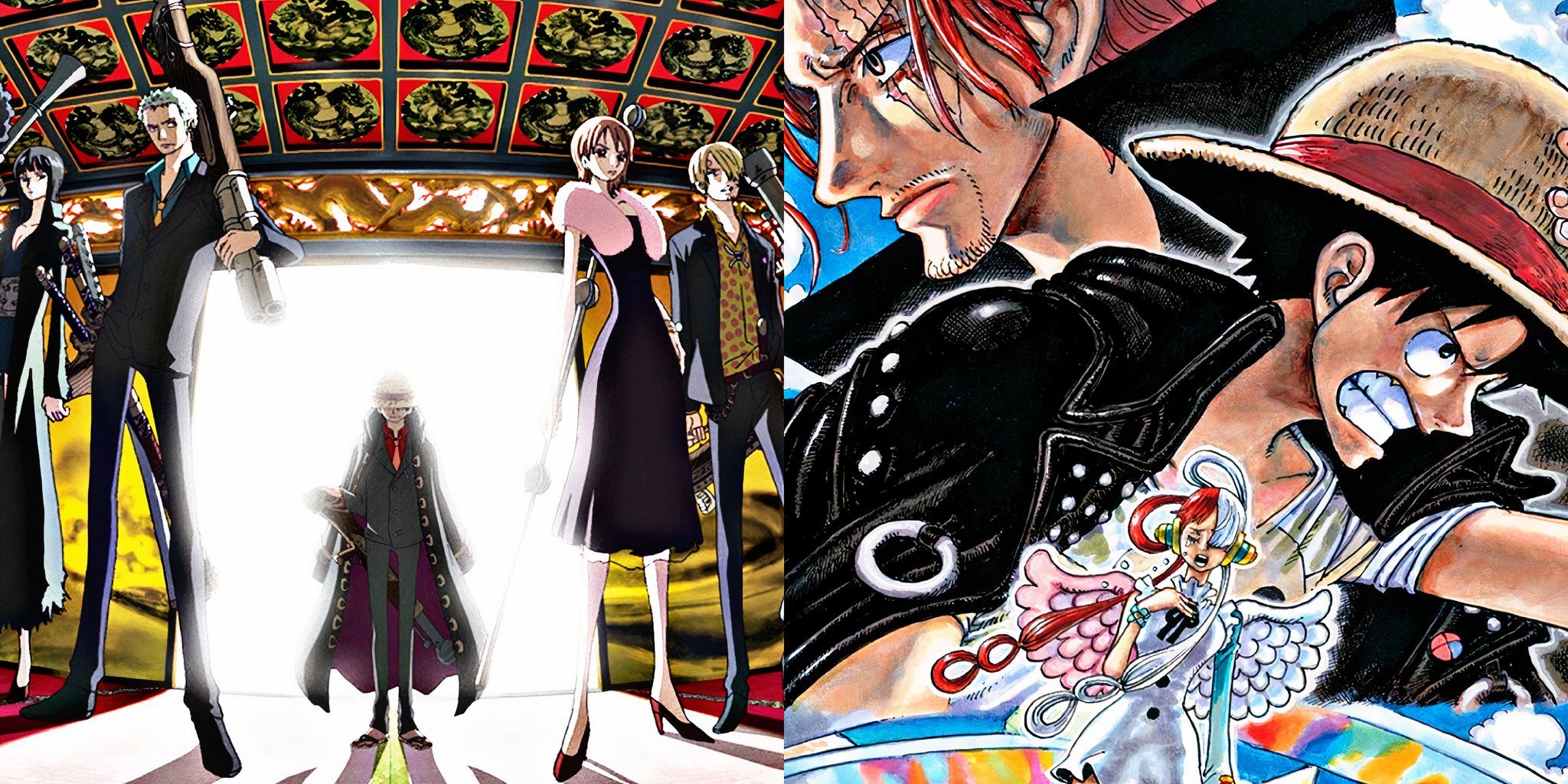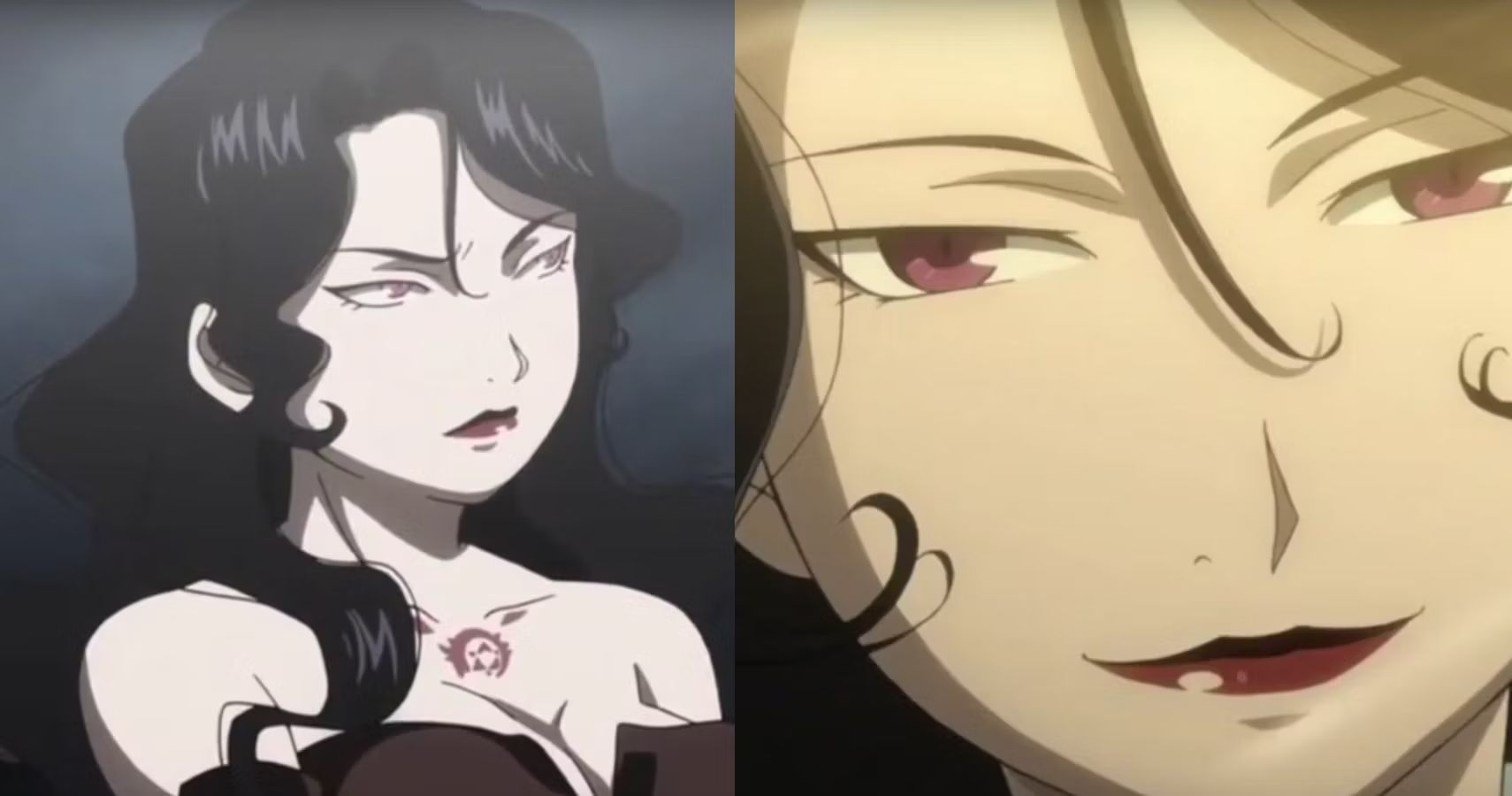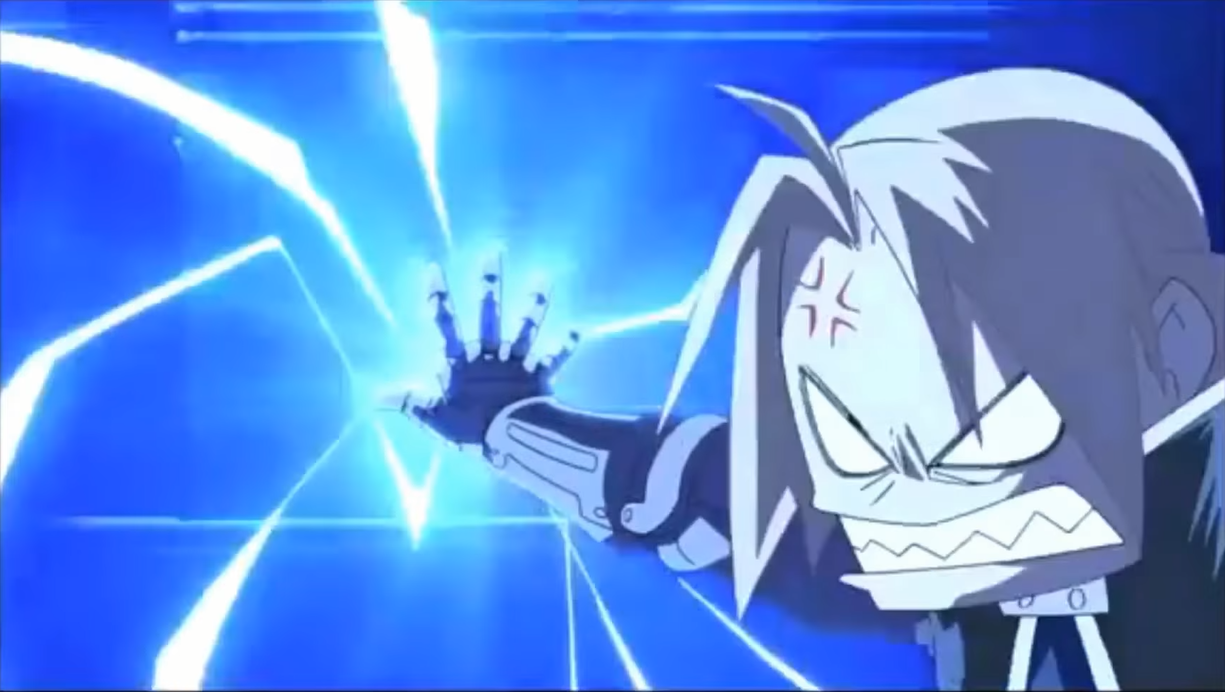Anime adaptations always tend to deviate from their manga, as narrowing down every single detail in a series is quite a difficult feat. Fullmetal Alchemist's case is also quite similar, as its anime adaptation differs quite significantly from its manga. Since the anime caught up to the manga quite early on, producers were given the green light to continue on with the series, creating their own slightly different version of the story.
The focus here is on Fullmetal Alchemist, as its Brotherhood counterpart was released later on when the manga had reached its conclusion, meaning its storyline is almost identical to the manga. Almost two-thirds of the series was produced without the manga as a base source, prompting several deviating aspects and a differing storyline. Exploring these differences reveals how much the anime and the manga differ from one another.
Increased Political Relevance
Unlike many anime that have their roots based in fantasy and imagination, Fullmetal Alchemist features a few themes that are deeply etched in reality. The Ishvalan race is one such example, and their treatment mirrors real-life events throughout human history. While the anime touches upon these aspects in the story, the anime elevates this element, making it a focal point in some scenes. Since the Ishvalan people are based on a mix of Middle Eastern cultures, their eradication feels eerily similar to the events that took place during the early 2000s' invasions of Afghanistan and Iraq, a fact that the author has confirmed as well.
The anime's political relevance deviates quite significantly from the manga, as the plight of the Ishvalan people is presented quite vehemently through the depictions of the invasion of Ishvala and their resulting slums. The themes of colonialism and racism are also ardently presented in the anime, pushing the focus on racial injustice and imperialist attitudes. With such a reality-based approach, the anime adaptation sets a precedent for highlighting issues that plague the real world.
Focus on Worldbuilding
Worldbuilding is a significant aspect of any fantasy series, especially one that has an emphasis on different nations, races, and ideologies. This is where the manga shines, as it features detailed aspects of the Fullmetal Alchemist world, showcasing vibrant scenes from the nation of Xing, and presenting icy views of the Northern country of Drachma. The anime adaptation had an opportunity to further expand on this expansive Worldbuilding, yet it failed to capitalize on this factor, thereby presenting a streamlined perspective of each nation with minimal scenes and characters.
This was another missed opportunity for the anime in terms of showcasing its diverse range of characters, paling in comparison to the manga's detailed characterization. As the manga samples character's from each nation and region, the climax features each character and ensures each one plays a major role – something the anime adaptation quite obviously lacks.
Relatable and Life-Like Characters
One aspect where many anime and manga lack is making their characters more human, and in-turn, more relatable. The Fullmetal Alchemist manga also fails to embody this aspect, as the characters feel quite two-dimensional, especially in the case of its villains who easily shift their beliefs and are given redemption, much like the recurring theme from the Naruto Franchise. Other characters whose beliefs are challenged show no flaws or weaknesses once they overcome their dilemma, something that is quite the opposite of human behavior.
In this aspect, the anime is clearly the superior version, as its characters are much more relatable, written in a way that shows them struggling with their flaws over and over again. Even the villains have their motives rooted in reality, and their viewpoint of the world isn't changed by a simple altercation with the protagonist, giving them a much-needed depth that the manga simply isn't able to offer.
Increased Censorship
Since anime adaptations have a much larger audience, especially younger ones, creators are forced to tone down the profanities and make the scenes more family-friendly. Much of Edward Elric's initial dialogues from the manga have been tailored to cater to a younger audience, and many of his gruff antiques are removed from the anime adaptation.
While this doesn’t necessarily affect the anime series in any way, taking away Edward's brash personality and attitude removes an element of relatability, as it would make sense for a 15 year-old with no parental figures to boast a rough and cocky attitude. Given the amount of short jokes that are hurled at him throughout the series, the profanities tend to become even more evident in the manga, yet the anime keeps its obscenity-free nature intact. While this difference may not be that evident in the series, it makes up one of many factors that differentiate the Fullmetal Alchemist anime adaptation from its widely popular manga.

